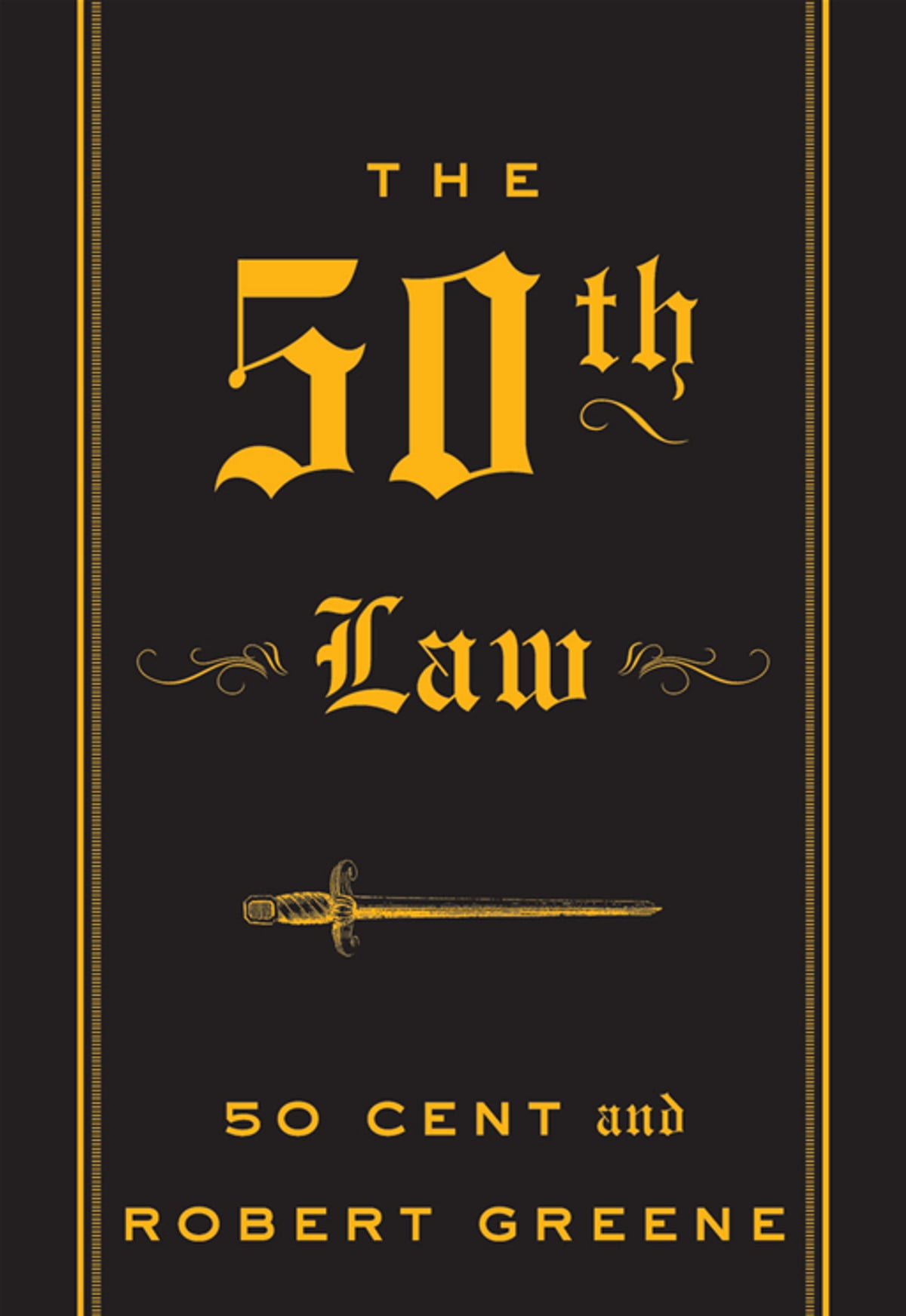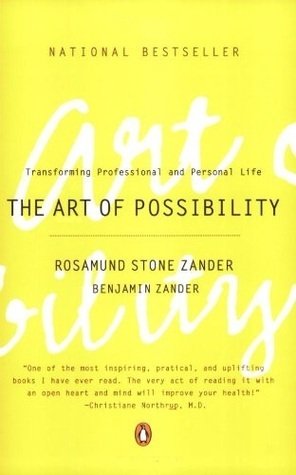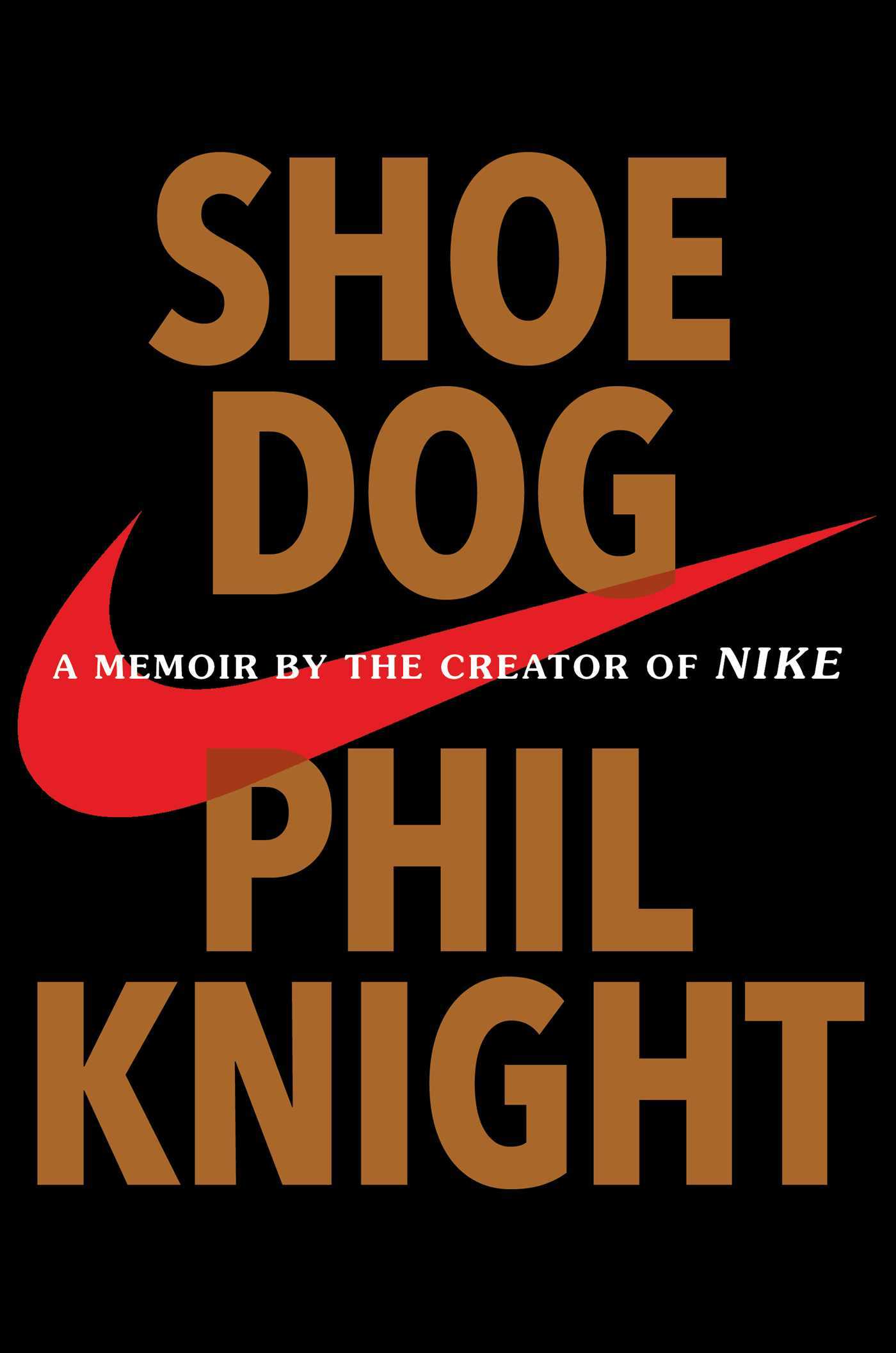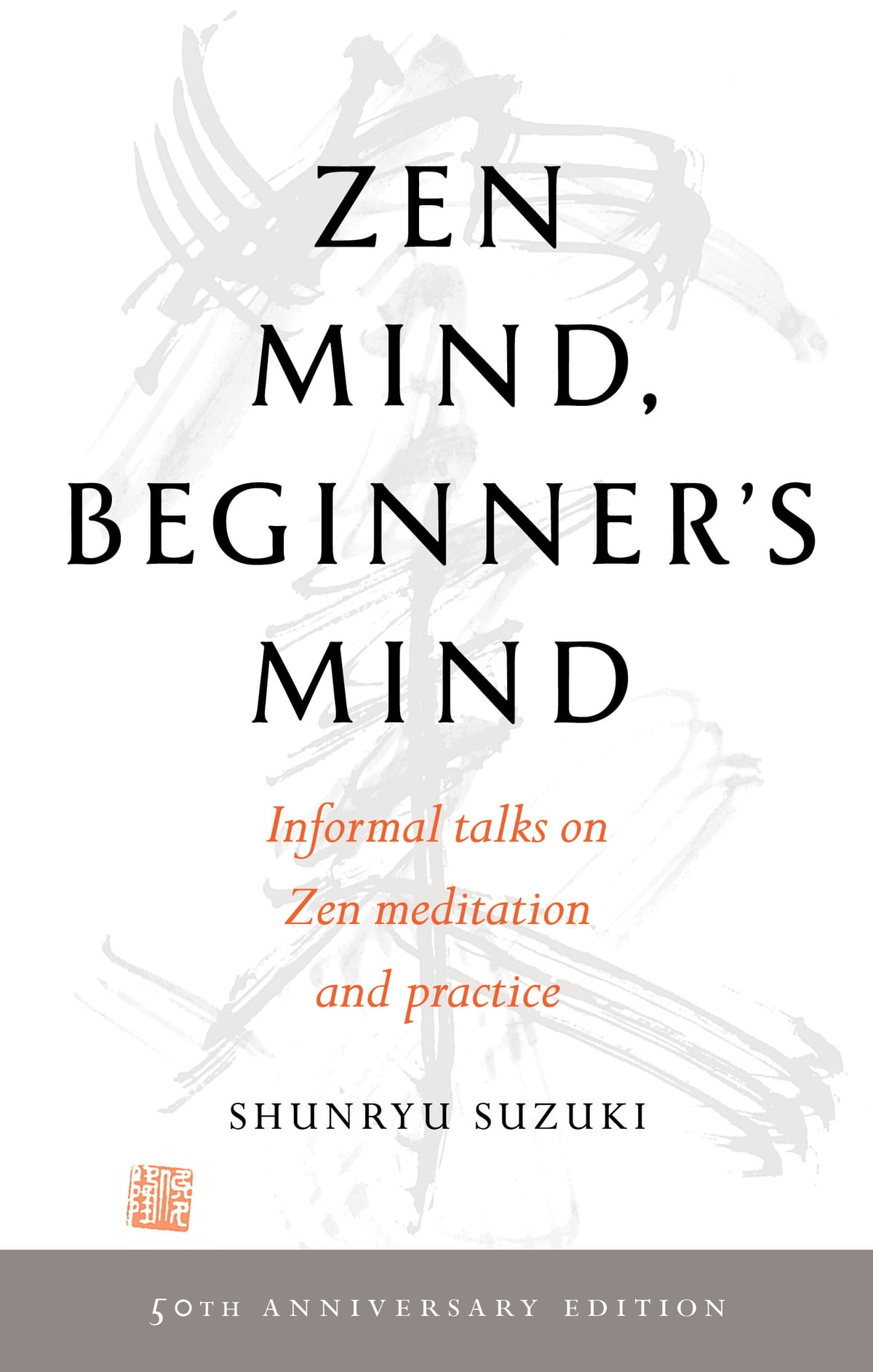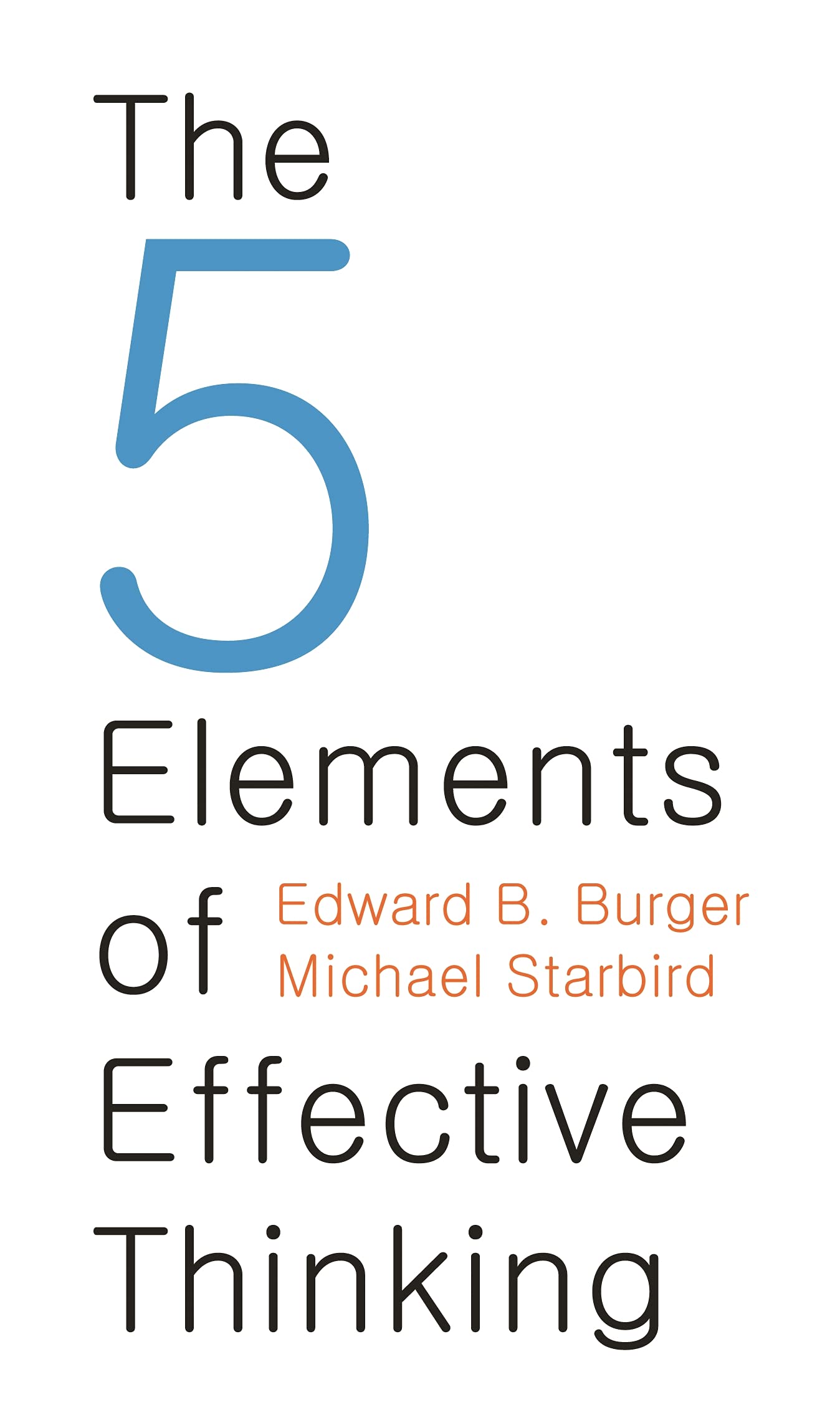The Medici Effect
by Frans Johansson
- Personal Development
- Ashto =
- Jonesy =
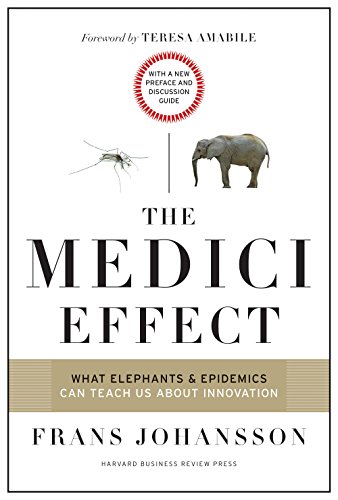
The Medici Effect
The idea behind The Medici Effect is simple. When you step into an intersection of fields/disciplines/cultures, you can combine existing concepts into a large number of extraordinary new ideas. Frans Johansson has named this concept ‘The Medici Effect’ after the Medicis, the 15th Century banking family in Florence, Italy. The Medicis funded creators from a wide range of disciplines and brought sculptors, scientists, poets, philosophers, financiers, painters, and architects to converge on the city of Florence.
These creators found each other, learned from each other, and broke down barriers between siloed fields, disciplines, and cultures. Together they forged a new world and sparked the beginning of The Renaissance. Thus, Florence became the epicentre of a creative explosion and one of the most innovative eras in history.
The effects of the Medici family still have an impact on society today.
Associative Chains/ Barriers
The story of Marcus Samuelson
In January 1995, the executive chef at a Swedish Restaurant, Aquavit, in New York City unexpectedly died of a heart attack. The owner needed to find someone to head up the kitchen and turned to the newly hired Marcus Samuelson. The owner was cautious because Samuelson was young, but he figured he could fill the void until he found a permanent replacement. Promoting Samuelson turned out to be the best decision he ever made.
Aquavit already had a great reputation, but when Samuelson took over, new dishes started appearing on the menu. There were unique combinations of food from all over the world and innovative meals like oysters with mango curry sorbet. Since then, Samuelson has become known as one of America’s leading chefs.
What was behind Marcus Samuelson’s innovative success?
There is clearly something special about the food he makes. The menu says Swedish and includes traditional Swedish ingredients like herring lingonberry and salmon. However, you’d never find the foods at Aquavit in other Swedish restaurants.
For example, you could order a plate of gravlax and tandoori smoked salmon at Aquavit. Tandoori spices and smoked salmon don’t normally go together. Although the combination defies intuition, they work out extraordinarily well. Samuelson’s daring nature brought forth original and playfully wonderful combinations. By using Swedish culinary building blocks (seafood, game, certain preservation techniques and fresh ingredients), Samuelson combined foods from all over the world, giving Aquavit guests a unique and stellar adventure in tastes and flavours.
So how did Samuelson stun food critics and casual diners at such a young age? How did he escape the limitations of Swedish cuisine to freely connect disparate concepts, ideas, ingredients, and styles?
The theory of breaking down barriers
Psychologists have an explanation for what happens during the thinking process. They say that the mind works through a series of association chains. When we hear a word or see an image, our brain triggers a whole string of associated ideas based on our experiences. For example, when a chef walks through the local market and sees a cod, they will think of what meals they can cook with it.
Even though chains of the association are efficient, they also inhibit our ability to think broadly. We don’t question our assumptions, we jump to conclusions, and we’re creating our own mental barriers. Researchers have long suspected that these associative barriers are responsible for inhibiting creativity.
How to overcome associative barriers
1. Expose Yourself To A Range of cultures
Cultures are defined by rules and traditions. Some cultures are extremely social, others are quiet and reserved. Some emphasise teamwork, others focus on individuality. But cultural diversity is so effective in breaking down associative barriers because our mindset is coming from a different set of cultural norms and looking at a problem differently. Through diverse cultural backgrounds and experiences, one can more easily escape traditional viewpoints.
Whilst Marcus Samuelson was a Swedish chef, he didn’t have a traditional Swedish upbringing. He was born in Ethiopia and adopted by a young Swedish couple. Growing up black in a predominantly white country, Samuelson never saw his hometown Gothenburg as a place where he would live forever.
At the age of 16, Samuelson started working as a chef on a cruise boat. He got to eat and cook at all of the major ports around the world. ‘On one trip, we would leave Sweden, venture out via Finland, Amsterdam, and France before heading to Morocco, on to North America, then down to Panama and Brazil and the Amazon. Every few days I had to cook an entirely different type of cuisine,’ he said.
2. Learning differently
Traditional education is not necessarily a bad thing. Obviously, there are things you need to learn at school; but when it comes to creativity and innovation, traditional education tends to increase associative barriers rather than break them down. By learning what everyone else is also learning and only listening to the experts of the past, you’re limited to a particular way of doing things.
3. Reverse your assumptions
The first two strategies (exposure to different cultures & learning differently) are long-term approaches to breaking down barriers between fields. But how can we start breaking barriers now?
We need the strategy of reversing assumptions. Forcing the breakdown of associative barriers means directing the mind to take unusual paths while thinking about a problem. One of the most effective ways to do that is by questioning the most basic assumptions and playing around with existing rules.
Think of a situation/product/concept related to a challenge you are facing. Then write down all assumptions associated with the situation, and then reverse these ideas. Finally, think about how to make these opposing ideas solve your problem.
4. Diversifying occupations
One of the prevailing mysteries of the past century was the extinction of the dinosaurs. These creatures roamed the earth for millions of years until they abruptly disappeared 65 million years ago. Some theories proposed that a hay fever virus wiped them out, or that other mammals out-competed them for food, or that they simply got too big.
Nobel Prize-winning astronomer/physicist Luis Alvarez was the first to propose the now well-accepted theory: that it was a 10 km asteroid that hit the earth and changed the climate so that it was unsustainable for most life forms. One branch of scientists knew that a drastic change in temperatures would have led to a great extinction. Another branch knew that asteroids had hit earth’s surface a few times throughout history. So, with experience in both professions, Alvarez proposed the theory that linked these two ideas. The other scientists had simply never thought of it because they were so focused on what was happening within their own field.
The act of moving between fields through different jobs, projects, or hobbies is an effective way to generate unique insights. This method is called occupation diversification. That’s what Luiz Alvarez did when he took his background in astronomy, moved to nuclear physics, then took an interest in paleontology.
5. Interacting With Diverse Groups of People
During WWII, the Allies were fighting a losing battle against the German navy. When German submarines spotted an Allied convoy, it would send a coded signal to other German subs in the area. These subs would gather into a formation and attack with punishing success. The Germans were amazingly effective, because between 1940 and 1941 they sank more than 50 Allied ships a month, leading to total casualties exceeding 50,000.
The Allies were helpless against these attacks because they were unable to break the German coding system, which was produced via a coding machine known as the Enigma. Enigma was the most formidable of ciphers, so the British had to build an equally outstanding code breaker group. Although cryptologists had generally come from the field of linguistics, this group also contained mathematicians, scientists, classicists, chess grandmasters, and crossword addicts. Together, this diverse team managed to break the Enigma and, as a result, turned the tide of the naval battle.
6. Go intersection hunting
In order to generate intersectional ideas, we must increase the chances for random combinations to occur. This happens when we diversify our occupations, and it also happens when we interact with people who have backgrounds/attitudes/cultures that are different from our own. This method is called going intersection hunting and paradoxically, there are some structured ways to bring about unstructured thinking. Intersection Hunting means that you search for connections in unlikely places, then see where those connections lead.
Michael Michalko suggests the concept of taking a thought walk in his book Thinkertoys. When you hit a brick wall in your problem, try going for a walk around your office, parking lot, kitchen, or down the street. Try to note (or pick up or purchase or borrow) random items you see on your walk. Do not select things that you think will solve your problem. That defeats the purpose of this method and traps you in your existing ideas. Pick things with no connection, then use them to find a creative solution to your problem.
There is an example where this method worked well. A group of engineers were trying to work out how to safely remove ice from power lines to the big central power station. They took a thought walk around the hotel their conference was in. One bloke brought back a jar of honey from the hotel gift shop. This prompted someone else to suggest that they put pots of honey at the top of each pole, so the bears would come along and climb the poles to get the honey, and the shaking and vibration would jiggle the ice until it fell off. This wasn’t the perfect solution, but it unlocked other ideas. The idea of vibration led them down a path to get helicopters to hover over the big power lines, so the vibration and wind currents would vibrate the ice off the lines.
The Medici Effect in Our Lives
Whether we like it or not, the process of innovation is dictated by random combinations of different concepts. Individuals and teams who often break new ground know this and therefore maximise their chances of finding intersectional ideas. They do it by introducing diversity into their occupations, teams, and encounters.
We too can create a Medici Effect. It is possible to ignite an explosion of extraordinary ideas and take advantage of them as individuals, teams, or organisations. We can do it by bringing together different disciplines and cultures and searching for the places where they connect. This book will show you how to find such intersectional ideas and make them happen. It isn’t just about the Medici family or the Renaissance era. It’s about the elements that made that era possible.




